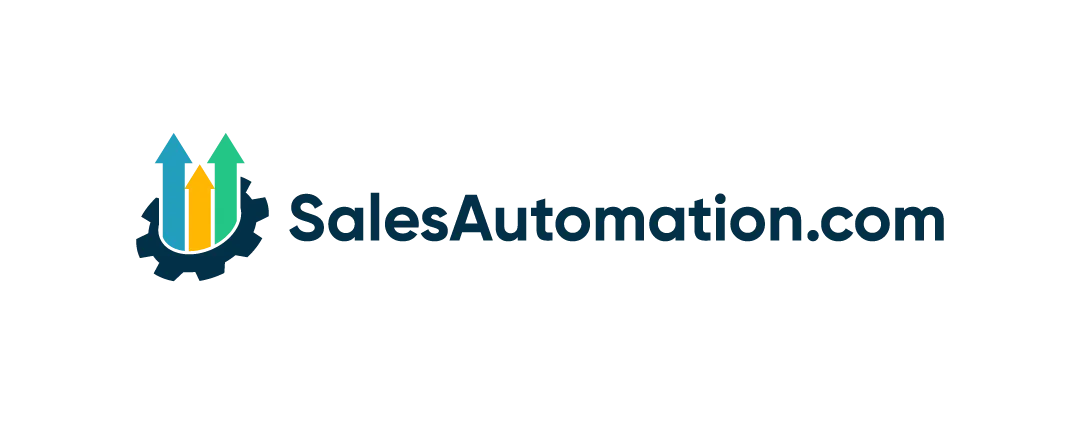START CLOSING MORE DEALS!
Convert More Leads
Into Sales... now with AI Voice and Chat!
Sales Automation helps you capture, nurture, and close leads on autopilot through SMS, Email, Live Chat, Phone Calls, and more! Scroll down for more details.
double your
speed to lead
Stop missing out on conversations! Streamline all your communication in one place so that you can double your speed to lead and fill your pipeline! Leads from Wedding Wire, The Knot, Facebook, Instagram, Your Website, they are all in one place. Your staff has one place to go to communicate with the lead.
Don't have anyone to respond...
The Sales Automation AI team can take over with a voice, SMS or website chat session. Gathering prospect data and answering general questions for your team. Now you have a 24 hour a day sales team!
Instantly fill your
calendar
Never miss a sales opportunity again!
With our powerful calendar integration, Sales Automation automatically books appointments, so you can focus on closing more deals.
Imagine prospects effortlessly self-scheduling tours, tastings, and site visits at their convenience. based on your teams schedule. Meanwhile, your team enjoys full visibility into every venue’s calendar, eliminating double bookings and ensuring every appointment counts. Upgrade your scheduling and watch your sales soar!
Drive More Phone Calls
Now with Voice AI, your sales team never sleeps!
Automatically route calls and convert inbound leads to sales opportunities by connecting you directly with leads who want to talk right now. With our advanced technology, every call is a chance to engage—even in the middle of the night.
Plus, with Sales Automation, all calls are tracked and, if desired, recorded, so you always know exactly where your leads are coming from and the details of the conversation.
build Smart
Nature Campaigns
Nurturing leads is critical to closing sales—studies show it takes an average of 7 touches to seal the deal. With Sales Automation SMART automation campaigns, achieve up to an 80% response rate by engaging leads across multiple channels.
Elevate your lead nurturing strategy and watch your conversions soar. Take charge today!
gain key insights
into performance
Easily track your campaigns and sales team performance with Sales Automation!
Monitor lead sources, analyze paid ad performance, and evaluate salesperson metrics—all in one place. With advanced reporting, you’ll gain valuable insights that help you close more opportunities and increase revenue, empowering you to drive success in seconds!
Industry Leading Features
Multiple Channels of Communication
Seamlessly communicate with leads across multiple channels including SMS, Email, Voicemail, Phone, Webchat, Facebook Messenger, and Instagram.
Team
Management
Work with team members to see the system how they see it, track progress, set up campaigns, and more.
AI Appointment Booking - Voice and Chatbot
Use Sales Automation AI features to answer the phone, solve queries on your website, and to book appointments for you so that you can focus on what matters the most: closing deals.
Lead
Round Robin
User defined automation rules to systematically distribute leads across your entire sales teams.
Live Call
Transfer
Automatically get inbound calls every time a lead is ready to talk and when they schedule on your calendar.
Automated Alerts & Reminders
Automate and/or remind yourself to call leads, send follow up correspondences, send documents, or any other sales-related tasks in your leads lifecycle.
Communication
Center
All Your Communications in one Place! Email, SMS, Phone, Voicemail, Facebook, Messenger, Web Chat, and so on!
Advanced
Reporting
Easily see how well your campaigns and sales team are performing so that you can increase your opportunities.
Mobile App
Engage prospects on the go with our mobile app, respond to leads, track statuses, complete reminders, and more.
The Knot and Wedding Wire
Direct import of The Knot and Wedding Wire leads into Sales Automation. Communicate with the prospect with SMS or Email with or without the Wedding Pro platform.
Kater 2 Integration
Webhooks seamlessly create and move leads from Sales Automation to Kater 2 in the sales pipeline. Saving time and effort and virtually eliminating date integrity issues..
Sales Automation <> Kater 2
API integration allows your staff to concentrate on running your business and not doing repetitive data entry. Data moves back and forth automatically.
Seamless Integration
With 100+ Tools
Tools You Already Love With
Our Custom Integration to Wedding Pro and Kater 2 plus many more!
Join The Sales Automation Family!
I would give Sales Automation a 5 out of 5 stars! It's extremely easy to use platform even if you're not tech-savvy, it's super effective and efficient!
Jake Miller
Lucien's Manor
The campaigns are so simple & easy to create... It's unbelievable.
Joel Karnston
Everton Consulting
I have used different marketing automation platforms and this is now the best one I can recommend for beginners and SME.
Janiece Nicolette
Komo Consulting
Frequently Asked Questions
What kind of support do you provide?
Support is at the heart of everything we do so supporting you and your business is our top priority. We offer 24/7 email support as well as an easy-to-navigate comprehensive tutorial library for quick answers to your questions.
How Do I Get Started?
Sign up for a Demo of our Gold or Platinum plan and see how easy our services make business management. We hope you'll join us once you see how we can boost your business.
How Secure Us My Customer Data?
IIn 2021, data privacy and security is every company's obligation. That's why we ensure compliance with all governing laws and regulations, as well as provide extra protection against security breaches.
How Does Your Automation Work?
We provide comprehensive automation that will execute and automate workflows across your high-value business processes. Our smart campaigns will put SMS, Email, Web Chat, Phone Calls, and Calendar Appointments on autopilot.
What Platforms Do You Integrate With?
Our application spans across multiple platforms for simple and seamless automation. We integrate with apps such as Zapier and Make to automate between over 2000 other applications with ease.
Ready To Close More Deals?
Schedule a Demo Now!

Innovation
Fresh, creative solutions.

Integrity
Honesty and transparency.

Excellence
Top-notch services.
NAVIGATION
CONTACT
FOLLOW US
Copyright 2025. Salesautomation.com. All Rights Reserved.

Facebook
LinkedIn
Youtube